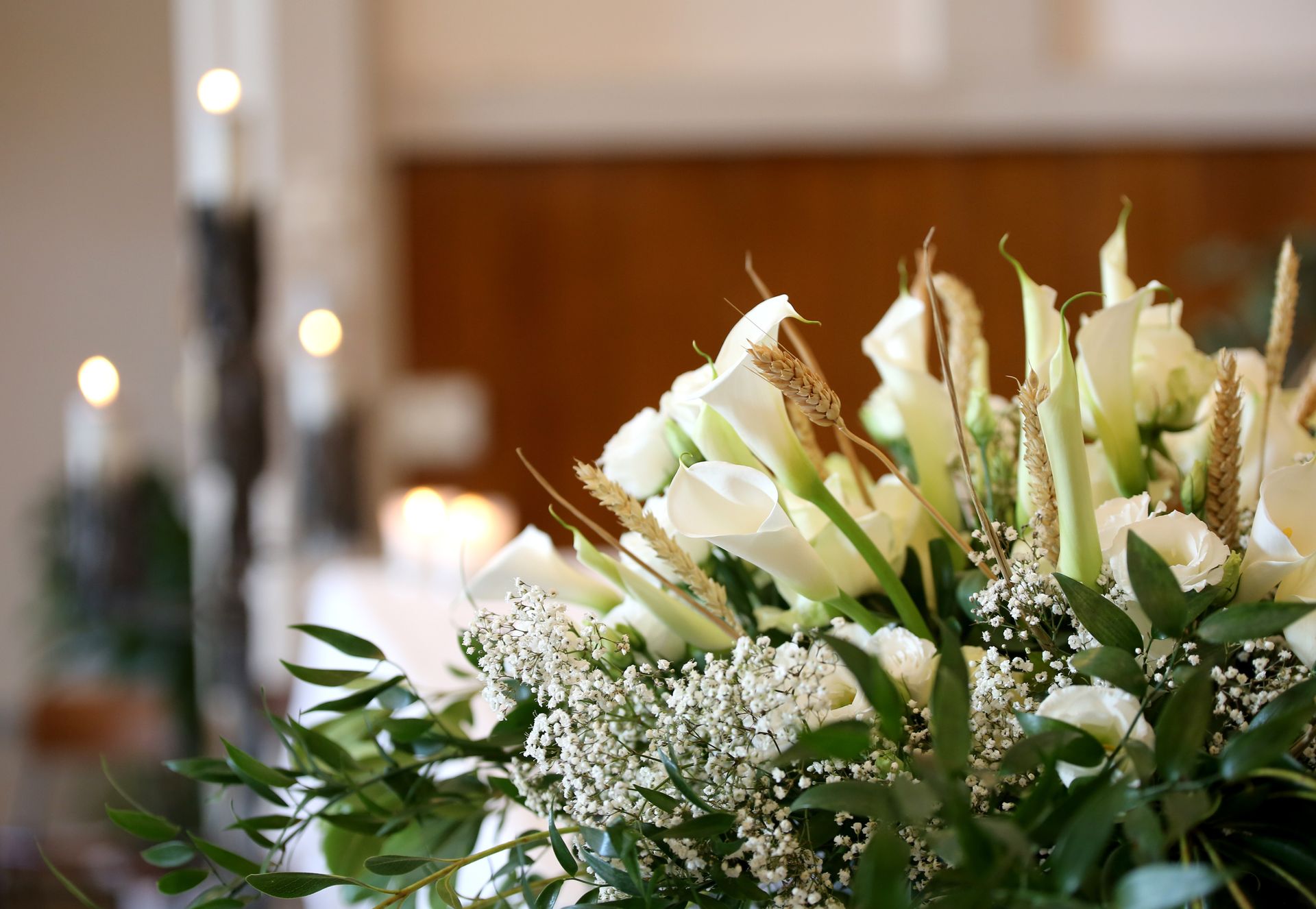Common Songs in Funeral Services

In moments of grief and loss, music has a unique ability to comfort and console, offering solace when words fail. Funeral services often harness the power of music to evoke memories, express emotions, and honor the life of the departed. Across cultures and traditions, certain songs have become emblematic choices for these solemn occasions. Let's explore some of the most common songs that resonate deeply within funeral services.
"Amazing Grace"
Dating back to the 18th century, "Amazing Grace" has transcended its origins as a Christian hymn to become a universal anthem of solace and redemption. It’s simple yet profound lyrics, coupled with a hauntingly beautiful melody, make it a timeless choice for funerals, offering a message of hope and divine mercy in the face of mortality.
"Hallelujah" by Leonard Cohen
Leonard Cohen's masterpiece, "Hallelujah," is a poignant meditation on love, loss, and the human condition. This song has found resonance in funeral services worldwide, its verses reflecting the complexity of emotions experienced in times of mourning and remembrance.
"Over the Rainbow" by Israel Kamakawiwo?ole
Israel Kamakawiwo?ole's soulful rendition of "Over the Rainbow" has become synonymous with peace and tranquility, making it a popular choice for funerals. Its gentle ukulele accompaniment and soothing vocals offer a sense of comfort and nostalgia, inviting listeners to envision a world beyond earthly sorrows.
"My Way" by Frank Sinatra
Frank Sinatra's iconic anthem, "My Way," embodies the spirit of individuality and self-determination. Often chosen to commemorate a life lived on one's own terms, this song celebrates personal triumphs and reflects on the journey of a loved one who embraced life with courage and conviction.
"Time to Say Goodbye" by Andrea Bocelli and Sarah Brightman
With its soaring operatic vocals and sweeping orchestration, "Time to Say Goodbye" captures the bittersweet essence of parting. Originally performed as a duet by Andrea Bocelli and Sarah Brightman, this poignant ballad resonates deeply in funeral services, offering a poignant farewell to cherished loved ones.
"Ave Maria" by Franz Schubert
Franz Schubert's "Ave Maria" is a timeless invocation of divine grace and comfort. Its serene melody and sacred lyrics have made it a staple of funeral services, offering solace and spiritual reassurance to those grieving the loss of a loved one.
"Wind Beneath My Wings" by Bette Midler
Bette Midler's heartfelt tribute, "Wind Beneath My Wings," celebrates the profound impact of a loved one's support and guidance. Often chosen to honor the memory of parents, mentors, or friends, this song acknowledges the selfless acts of love that uplift and inspire us.
In the tapestry of funeral services, these songs serve as poignant reminders of love, loss, and the enduring power of music to heal and uplift the human spirit. Whether through hymns of faith, soul-stirring ballads, or heartfelt tributes, these melodies offer solace and comfort to those bidding farewell to cherished loved ones, their echoes lingering long after the final notes have faded away.








